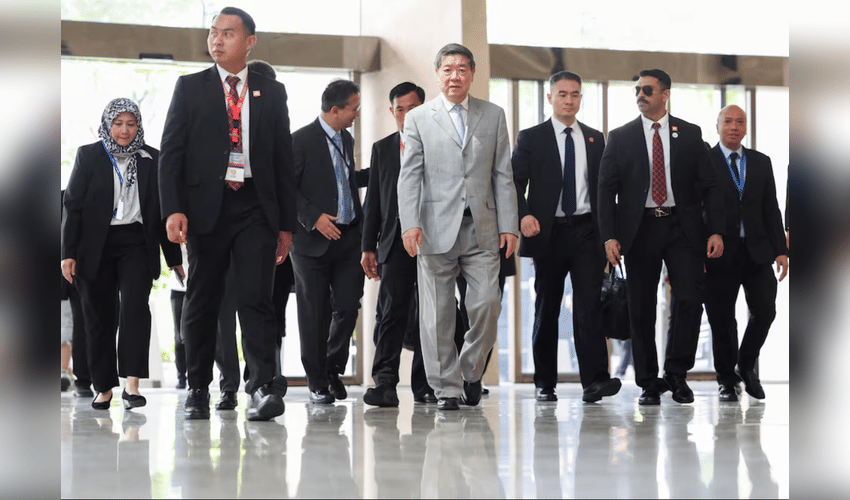World
The United States and China have started trade discussions in Malaysia to reduce tensions.
Published On Sat, 25 Oct 2025
Devika Kapoor
6 Views

The United States and China have kicked off a critical round of trade talks in Kuala Lumpur, Malaysia, aimed at easing the mounting tensions between the world’s two largest economies. This high-stakes meeting comes at a pivotal moment, as both sides work to avoid further escalation of their trade conflict ahead of a planned summit between President Donald Trump and Chinese President Xi Jinping next week in South Korea.
Leading the U.S. delegation are Treasury Secretary Scott Bessent and Trade Representative Jamieson Greer, while the Chinese side is headed by Vice Premier He Lifeng. This marks their fifth face-to-face dialogue since May, reflecting sustained efforts to resolve disputes amid a rocky trade relationship that has seen tariff hikes and retaliatory export controls on vital resources like rare earth minerals. These minerals, controlled largely by China, are essential for manufacturing advanced technologies, including consumer electronics, automotive components, and defense-related products.
The current talks set against the backdrop of the ASEAN summit in Malaysia focus on several key issues: preventing the scheduled imposition of a 100% tariff increase by the U.S. on Chinese goods starting November 1, resolving disagreements over China’s tightened export restrictions on rare earth elements, and addressing U.S. concerns about China’s suspension of soybean imports as well as its continued purchases of Russian oil. While these negotiations do not delve deeply into long-standing structural grievances, such as China's export-driven economic model, they aim to reinstate a fragile truce brokered earlier this year.
Experts highlight that the outcome of these talks will be crucial for setting the tone of the upcoming Trump-Xi summit. A successful negotiation would likely lead to a temporary pause in tariff escalations and foster some easing of technology export restrictions. Conversely, failure to reach common ground could trigger a rapid intensification of the trade war, potentially dealing a blow to global economic stability.
The venue for this strategic dialogue is Merdeka 118 in Kuala Lumpur, the world’s second-tallest building, symbolizing the towering stakes involved. Both sides have kept the discussions largely confidential, emphasizing the sensitive nature of the talks. Observers note that a positive agreement could pave the way for a more constructive relationship, while ongoing discord risks pushing both nations toward a costly trade standoff. The Malaysia talks represent a major diplomatic effort to forestall a deepening economic crisis by addressing contentious trade policies, tariffs, and supply chain concerns—all while preparing the stage for the forthcoming leaders’ summit. The world watches closely, hopeful that cooperation will prevail over confrontation between these two economic giants.
This careful dance of diplomacy underscores the complex interdependence of the U.S. and China in the global economy, demonstrating how trade negotiations can influence broader geopolitical stability and technological advancement. For the content and business communities, the talks highlight the critical importance of rare earth elements and supply chain vulnerabilities, which could have far-reaching effects beyond politics. This trade dialogue is not just about tariffs; it is about shaping the future of global trade norms amidst fierce competition and mutual reliance. With a tentative truce hanging in the balance, the Kuala Lumpur talks may well define the course of U.S.-China relations in the months ahead.
Disclaimer: This image is taken from Reuters.



